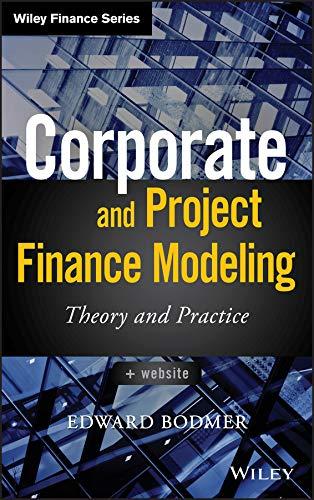Remember, the expected value of a probability distribution is a statistical measure of the average (mean) value expected to occur during all possible circumstances. To compute an asset's expected return under a range of possible circumstances (or states of nature), multiply the anticipated return expected to result during each state of nature by its probability of occurrence. Consider the following case: Tyler owns a two-stock portfolio that invests in Blue Llama Mining Company (BUM) and Hungry Whale Energy (HWE). Three-quarters of Tyler's portfolio value consists of BLM's shares, and the balonce consists of HWE's shares. Each stock's expected return for the next year will depend on forecosted market conditions. The expected returns from the stocks in different market conditions are detailed in the following table: Calculate expected returns for the individeal stocks in Tyler's portfollo as well as the expected rate of return of the entire portfolio over the three possible market conditions next year. - The expected rate of return on 8lue Uama Mining's stock over the next year is - The expected rate of return on Hungry Whale Energy's stock over the next year is - The expected rate of return on Tyler's portfolio over the next year is The expected returns for Ther's portfolio were calculated based on three possible conditions in the market: Such condaions will vary from time to time. and for each condition there will be a specific outcome. These probabilities and outcomes can be represented in the form of a continuous probability distribution graph. For example, the continuous probabaly distributions of rates of return on stocks for two different companies are shown on the following graph: Calculate expected returns for the individual stocks in Tyler's portfolio as well as the expected rate of return of the entire portfollo over the three possible market conditions next year. - The expected rate of return on Blue Lama Mining's stock over the next year is - The expected rate of return on Hungry Whale Energy's stock over the next year is - The expected rate of return on Tyer's poitfolio over the next year is The expected returns for Tyler's portfolio were calculated based on three possible conditions in the market. Such conditions will vary from time to time, and for each condition there will be a specific outcome. These probablities and outcomes can be represented in the form of a continuous probability distribution graph. For example, the continuous probability distributions of rates of return on stocks for two different companies are shown on the following graph: 02: Assignment-Risk and Return: Part I and for each condition there will be a specific outcome. These probabilities and outcomes can be represented in the form of a continuous probabilit distribution graph. For example, the continuous probablity distributions of rates of return on stocks for two different companies are shown on the foliowing graph: Based on the graph's information, which of the following statements is true? Company A has lower risk. Company 8 has lower risk









